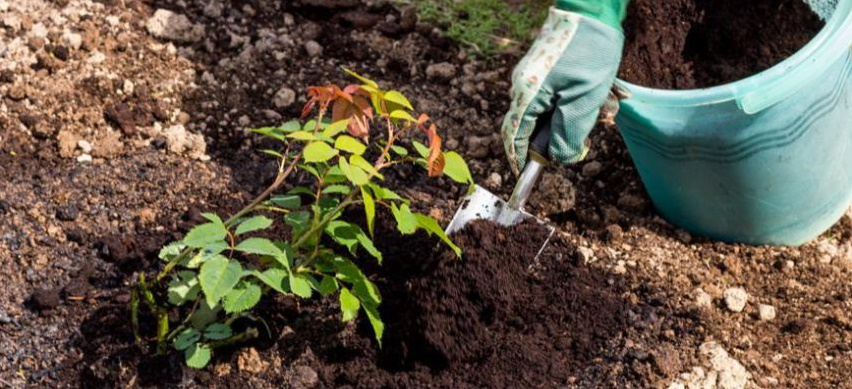
Fertilizing roses in autumn
Autumn is the time of preparing roses for winter, this is a very important period in their life. The success of wintering of southern beauties and summer flowering depend on how we will carry out agrotechnical measures.

In the last month of summer and early autumn, certain rules should be followed when feeding roses. First of all, nitrogen must be completely excluded from the top dressing. This means that no “green fertilizers”, humate-based solutions, complex mixtures with nitrogen can be given. This element, as is known, contributes to the growth of green mass and provokes the growth of new shoots.
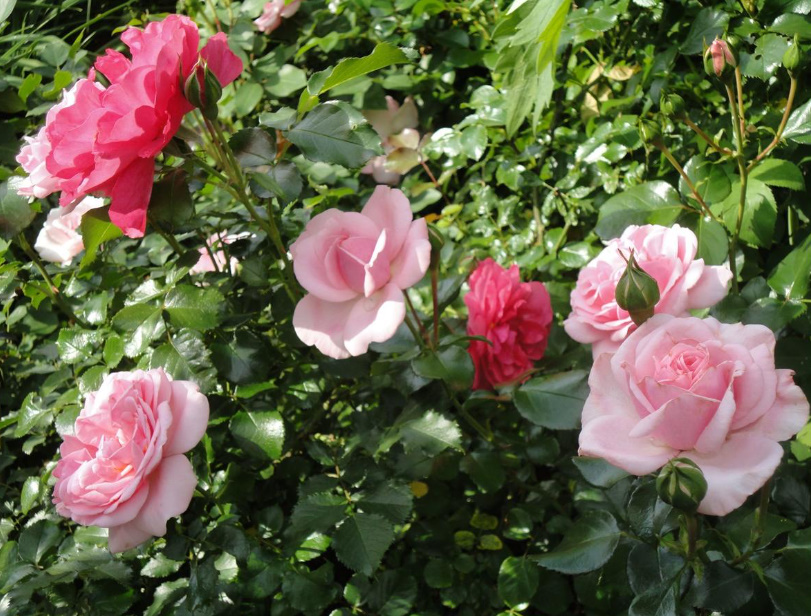
Every rose grower has probably met with a situation when a rose somewhere in the middle of August suddenly gives out a powerful red shoot that is not destined to survive the winter. As a rule, this is a consequence of improper summer fertilizing and abuse of nitrogen-containing fertilizers.
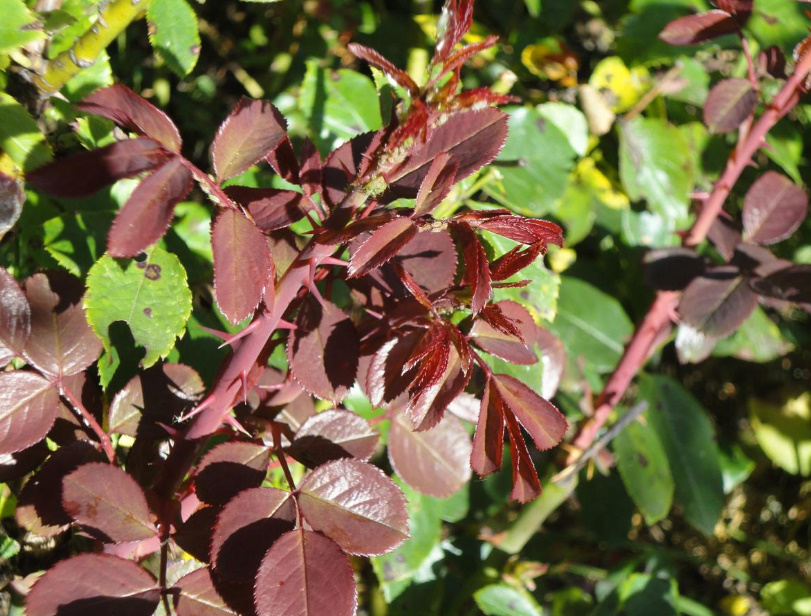
Therefore, I repeat, in the second half of summer, only potash and phosphorus fertilizers should be used. By autumn, the plant requires a gradual attenuation of vegetation. Shoots that have grown over the summer should become woody in order to prepare for frosts: otherwise they will be doomed to freezing.
For successful wintering, roses especially need potassium and phosphorus, it is these elements that help strengthen the aboveground part of plants and their root system. The choice of fertilizers with a predominant content of K and P is quite wide. These are potassium monophosphate, potassium sulfate, potassium sulfate, as well as kalimagnesia, double superphosphate and phosphorous flour.
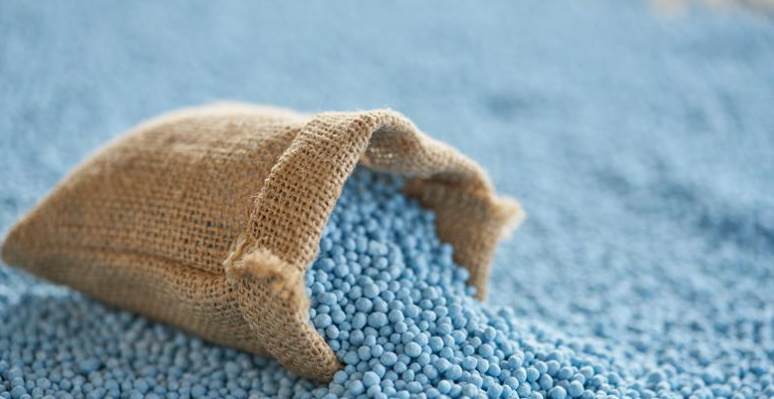
They are used in varying proportions starting from the second half of August and until mid-September. If the autumn turned out to be warm, it is not too late to give top dressing until the end of the first autumn month.
It is necessary to start feeding selectively: first of all, we add ramblers and other single-flowering roses, for example Rosa × centifolia, which bloom once, in June. Their shoots that have grown over the summer will bloom only next year, so they need to be preserved at any cost, for which we give them a complex of potassium-phosphorus fertilizers.
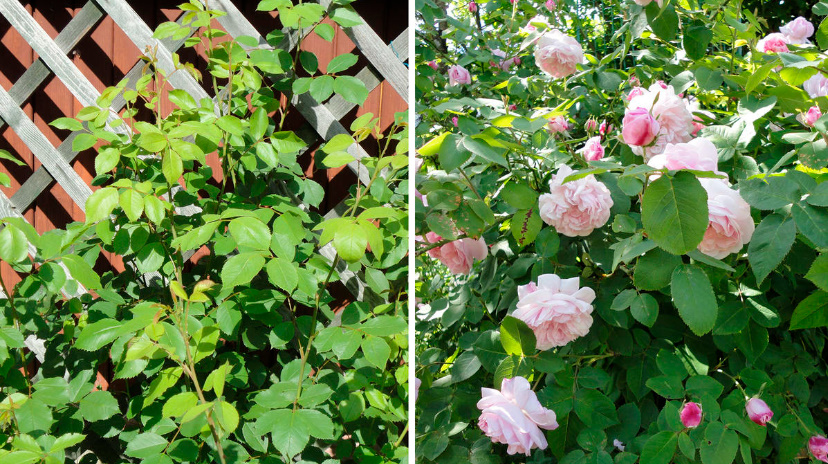
Further, mixed fertilizing with the presence of trace elements and components of potassium and phosphorus is given to roses with repeated flowering — in the intervals between the first and second waves. The rose itself will show when it is necessary to do this by releasing buds for a new flowering.

And at the very end, they feed the bushes of continuous flowering, letting them know that it’s time to prepare for winter.
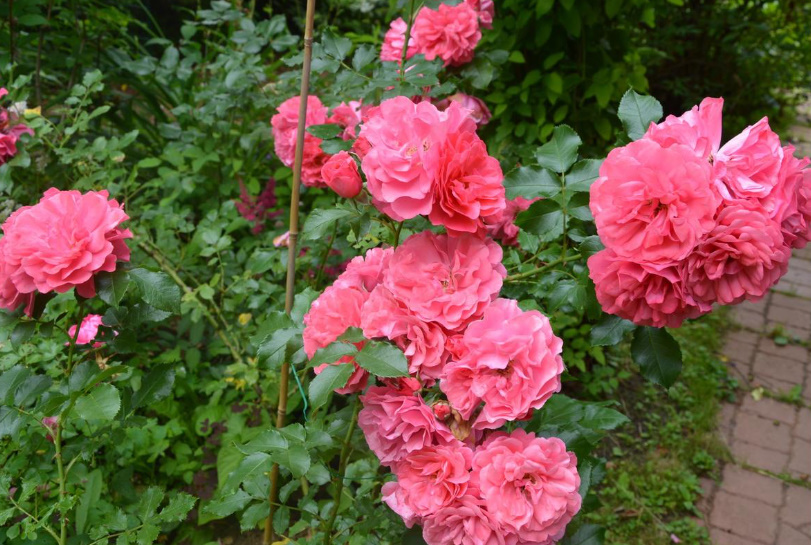
By the way, another signal for the end of the season will be such an agrotechnical technique as the refusal to cut faded flowers. Withered petals are simply cut off: if you continue pruning, the rose will always release new shoots, which is extremely undesirable.

Options for making autumn top dressing
There are different ways of applying fertilizers. In particular, you can simply scatter them in the root zone of bushes or seal them in a shallow groove in a circle along the projection of the crown, followed by another watering. However, this will require a fairly large amount of fertilizers, that is, unnecessary material costs. There is no way to recognize this method as economical, but its great advantage is that there is no need to immediately carry heavy buckets and watering cans with water. In addition, the big disadvantage of such top dressing is an excessive amount of “mineral water” — the same superphosphate, which dissolves extremely slowly in the soil and accumulates in it over time. Fertilizers will not be able to act quickly in this case.
Tuks dissolved in water act much more effectively and, if the right concentrations are observed, do not harm soils. A good result is obtained by water top dressing with kalimagnesia (1 teaspoon per 10 liters of water) with a high content of not only potassium (32%), but also magnesium (12%), which is extremely necessary for roses. Or — potassium monophosphate in the same concentration, in which the content of K and P is distributed as 50 and 33%. These fertilizers easily dissolve in water, but you will have to tinker with superphosphate: it is pre-filled with boiling water and allowed to stand overnight, and then used for its intended purpose.
Complex fertilizers with a high potassium content with the addition of trace elements (Mp, Mg, Cu, B, Zn, Co, Mo, etc.) are effective. I advise you to pay attention to it, since it is not just a mineral mixture, but a microbiologically fermented organic fertilizer based on potassium sulfate, which simultaneously nourishes plants and preserves the microflora of the soil. It dissolves perfectly in water, the proportion is usually 2-3 tablespoons per 10 liters of water. For each bush, depending on its size, 1-2 liters of solution are given. Not very diligent gardeners can easily scatter it under rose bushes, but this option will require increasing at least three times the amount of the mixture.
It should be especially said that in the second half of summer and in early autumn, no leaf feeding is carried out. This is primarily due to the fact that by this time various spots appear on the leaf plates: rarely any rose is not affected by diseases. In such a situation, foliar fertilizing will simply be useless.

Adhering to these, in general, simple rules, we are able to provide our pets with lush flowering, successful wintering and a long life in the garden. Do not be lazy once to understand the rules of fertilizing roses, make an approximate schedule and a list of necessary fertilizers for your beauties — they will thank you with a healthy appearance and lush flowering.



